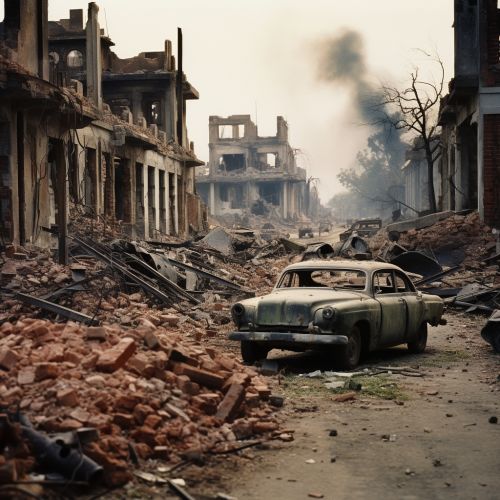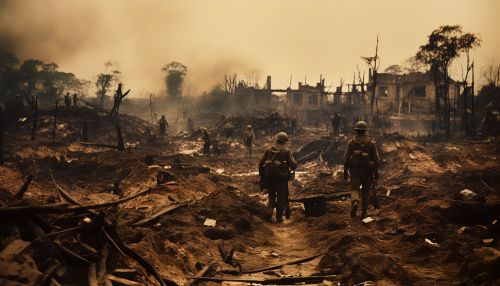Cambodian Civil War
Background
The Cambodian Civil War was a conflict that took place in Cambodia between 1967 and 1975. The war was fought between the government of Cambodia, then led by King Norodom Sihanouk, and the Khmer Rouge, a communist group led by Pol Pot. The war resulted in the establishment of the Democratic Kampuchea regime, which ruled Cambodia from 1975 to 1979.
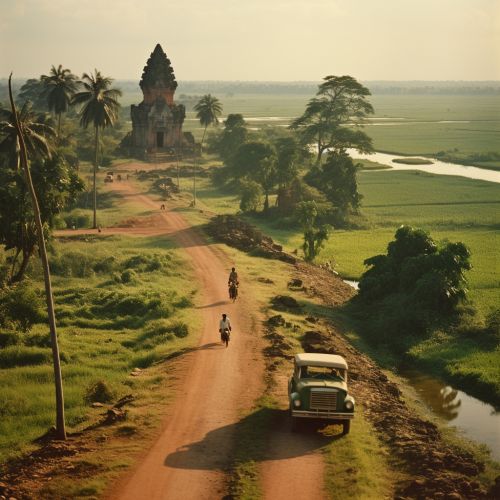
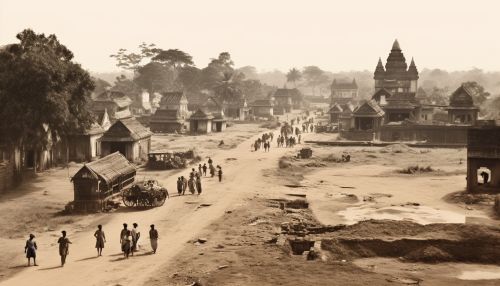
Causes of the War
The causes of the Cambodian Civil War are complex and multifaceted. The war was influenced by a variety of factors, including political instability, economic hardship, and social unrest. The rise of the Khmer Rouge was also a significant factor in the outbreak of the war.
Political Instability
Political instability in Cambodia during the 1960s was a significant factor in the outbreak of the civil war. The government of King Norodom Sihanouk was marked by corruption, nepotism, and inefficiency. This led to widespread dissatisfaction with the government, particularly among the rural population, who were the most affected by these issues.
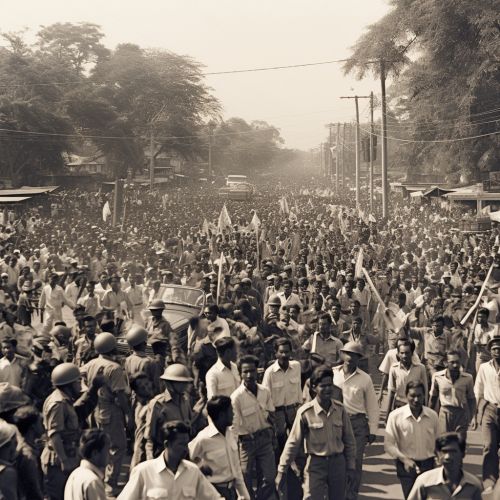
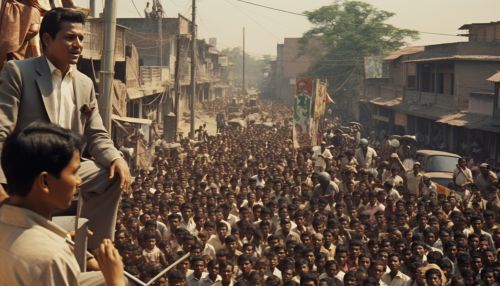
Economic Hardship
Economic hardship was another significant factor in the outbreak of the Cambodian Civil War. Despite the country's rich natural resources, the majority of the population lived in poverty. The government's economic policies, which were focused on urban development and industrialization, largely ignored the rural population, who depended on agriculture for their livelihood.
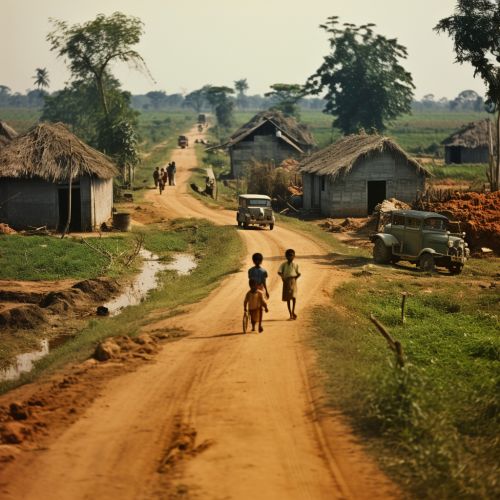
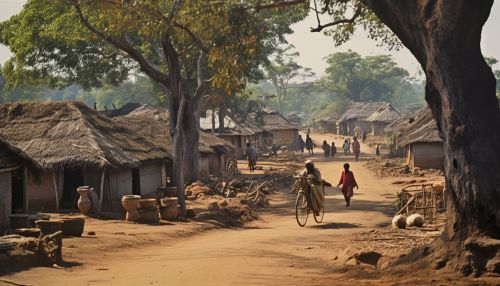
Social Unrest
Social unrest was a major factor in the outbreak of the Cambodian Civil War. The government's policies, which favored the urban elite, led to widespread dissatisfaction among the rural population. This dissatisfaction was further exacerbated by the government's repression of political dissent, which led to widespread protests and demonstrations.

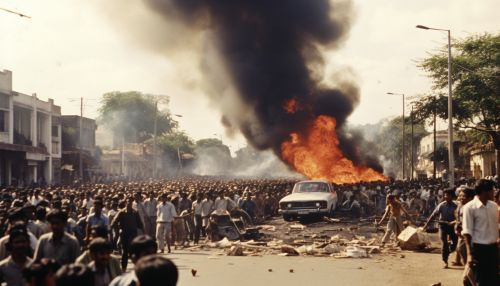
Rise of the Khmer Rouge
The rise of the Khmer Rouge was a significant factor in the outbreak of the Cambodian Civil War. The Khmer Rouge, a communist group led by Pol Pot, capitalized on the widespread dissatisfaction with the government to gain support among the rural population. The group's radical ideology, which advocated for a return to an agrarian society, appealed to many Cambodians who were disillusioned with the government's policies.
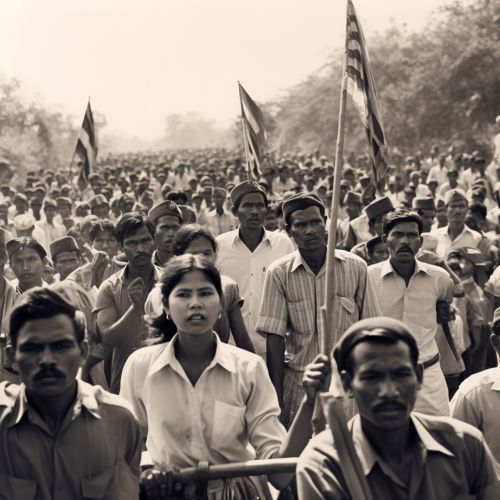

Course of the War
The Cambodian Civil War was marked by intense fighting, widespread destruction, and massive loss of life. The war began in 1967 with a series of insurgencies by the Khmer Rouge against the government. The government responded with a brutal counter-insurgency campaign, which only served to increase support for the Khmer Rouge.
Insurgencies and Counter-Insurgency
The war began in 1967 with a series of insurgencies by the Khmer Rouge against the government. The Khmer Rouge, with support from North Vietnamese forces, launched a series of attacks against government forces in the rural areas of Cambodia. The government responded with a brutal counter-insurgency campaign, which included widespread bombing and forced relocations of the rural population.

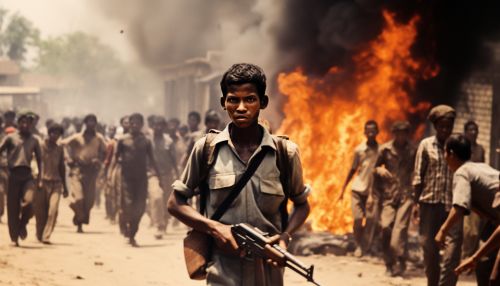
Escalation of the War
The war escalated in 1970 when the government of King Norodom Sihanouk was overthrown in a coup led by Lon Nol. The new government, known as the Khmer Republic, was backed by the United States and was committed to defeating the Khmer Rouge. However, the coup only served to increase support for the Khmer Rouge, who portrayed themselves as the defenders of the monarchy and the Cambodian nation.

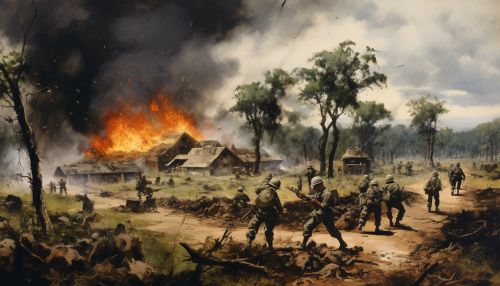
Fall of Phnom Penh
The war reached its climax in 1975 with the fall of Phnom Penh, the capital of Cambodia, to the Khmer Rouge. The fall of Phnom Penh marked the end of the Khmer Republic and the beginning of the Democratic Kampuchea regime. The Khmer Rouge immediately began a radical program of social and economic transformation, which led to the Cambodian genocide.
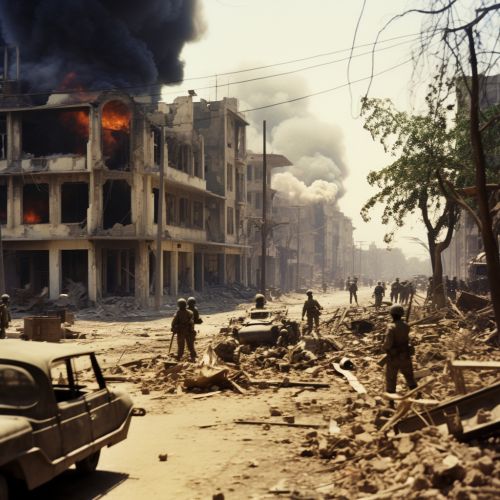
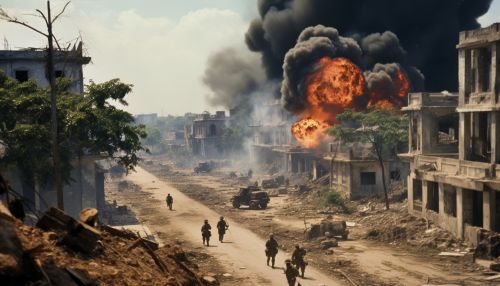
Aftermath
The aftermath of the Cambodian Civil War was marked by widespread destruction, massive loss of life, and profound social and economic disruption. The Khmer Rouge's radical policies, which included forced labor, forced relocations, and mass executions, resulted in the deaths of an estimated 1.7 million people, or about a quarter of the country's population.
